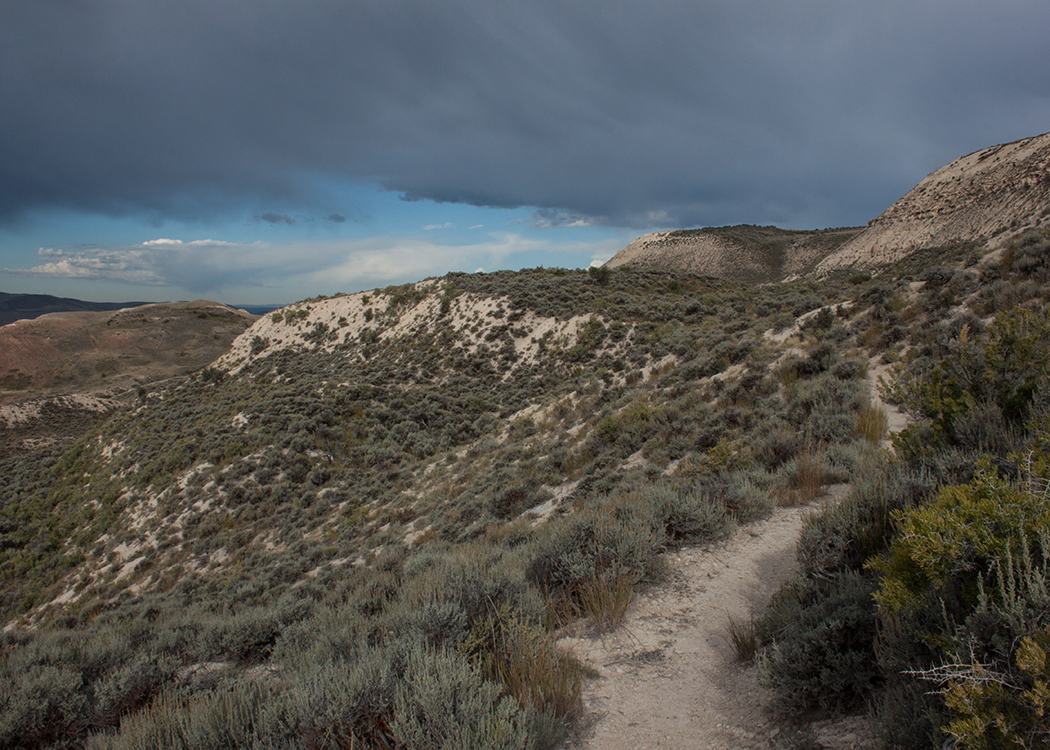This trip came about because I needed some time away from something sad. My friend, Reuel, who visited the Casa Grande Ruins with me, and whom I made a wild weekend road trip to see back in June, is not well. He probably won’t be here the next time I come back to Salt Lake City, a place that keeps losing folks I care about! I spent an afternoon walking with Reuel around the park, but the next day, he needed some rest, so I journeyed east to see a place where memories of the long gone are etched forever in stone: Fossil Butte National Monument!
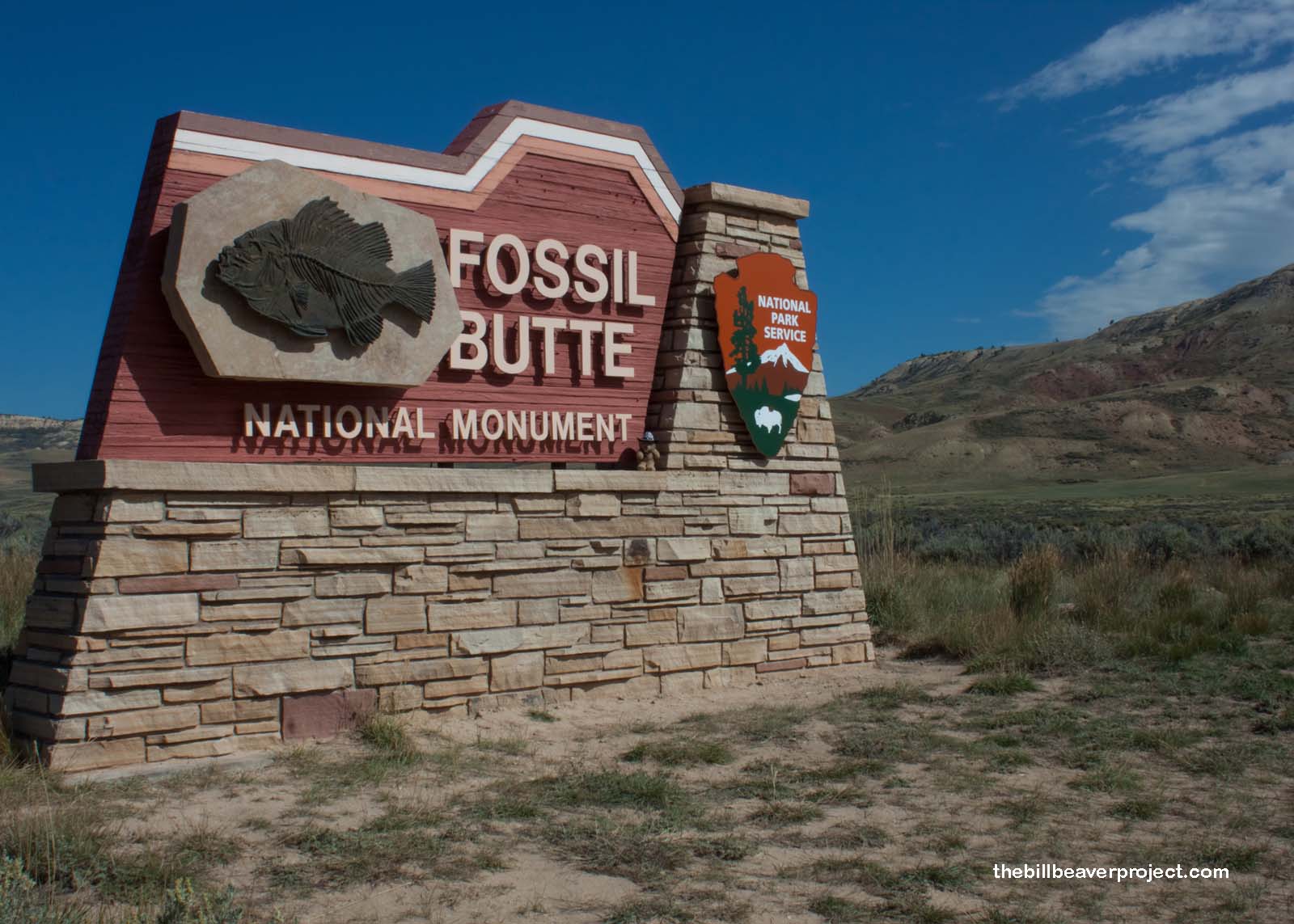 |
Fossil Butte is a 50-million year old lake bed that has preserved an entire Eocene ecosystem! There have been thousands of fish fossils taken from the sediment here, along with insects, plants, turtles, alligators, and even horses that probably fell in and drowned! This lake was pretty small compared to others at the time and only lasted about 3 million years, which was a strange thing to ponder. Who can guess the lifespan of a lake?
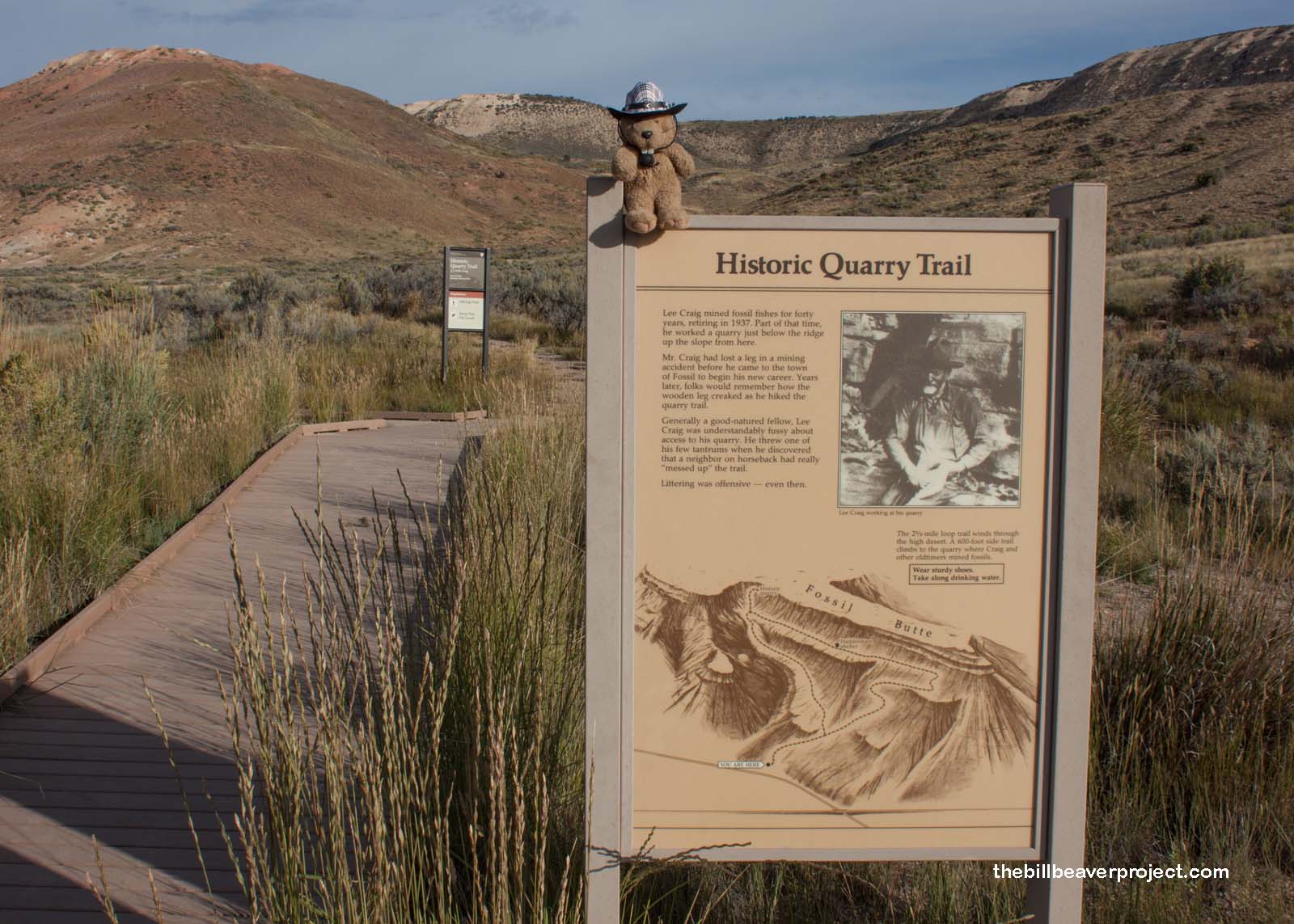 |
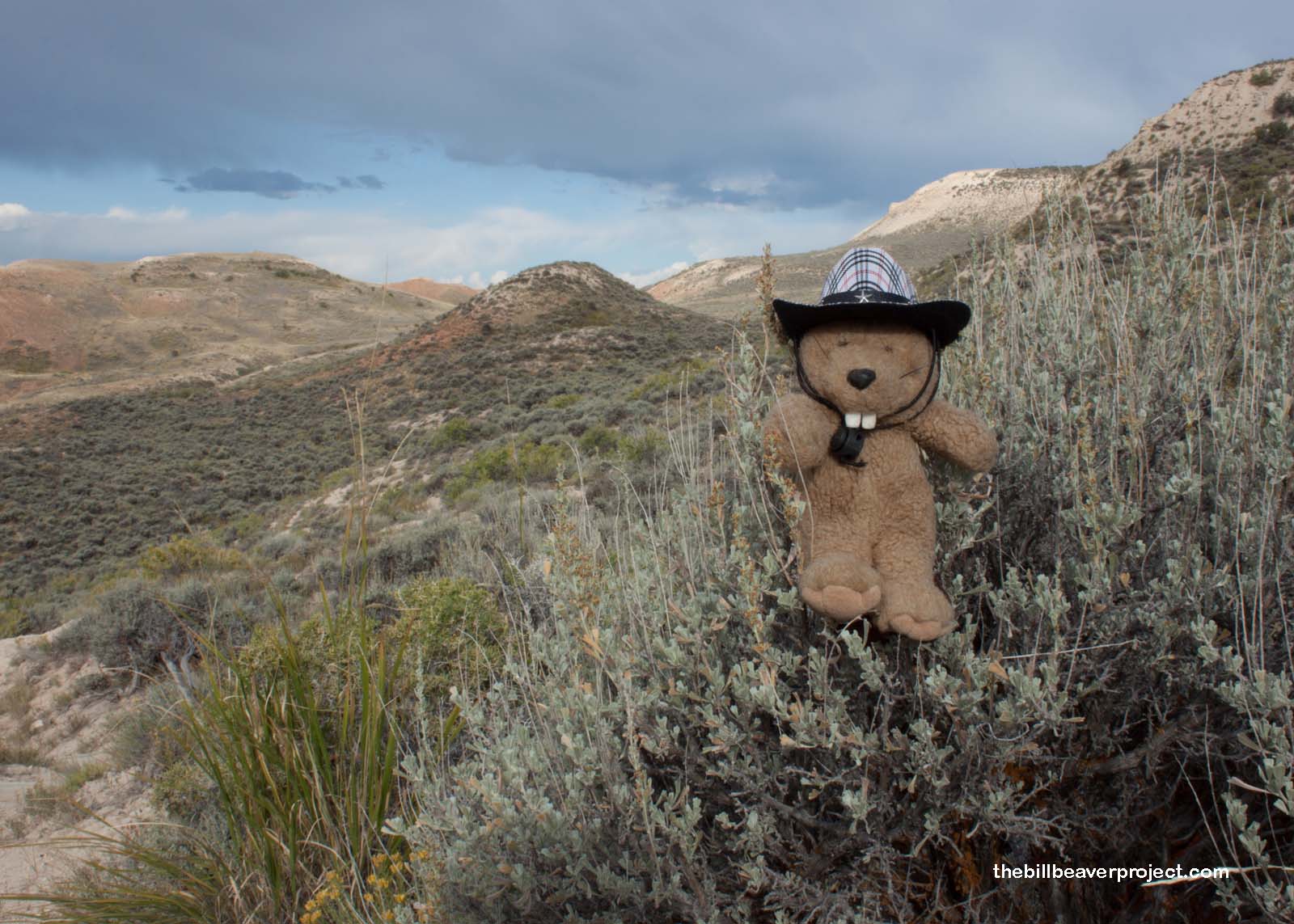 |
I started my quest to see some of these landlocked fossils in their natural state at the Historic Quarry Trail. Storm clouds rolled in and out, never too threatening but definitely reminding me that they could be! The Quarry Trail loops about 2.5 miles along the monument’s namesake butte through sweet smelling sagebrush. I’ve missed this smell and the clouds while living in Los Angeles. It’s comforting while I think about my friend, who has battled prostate cancer for longer than I’ve been alive.
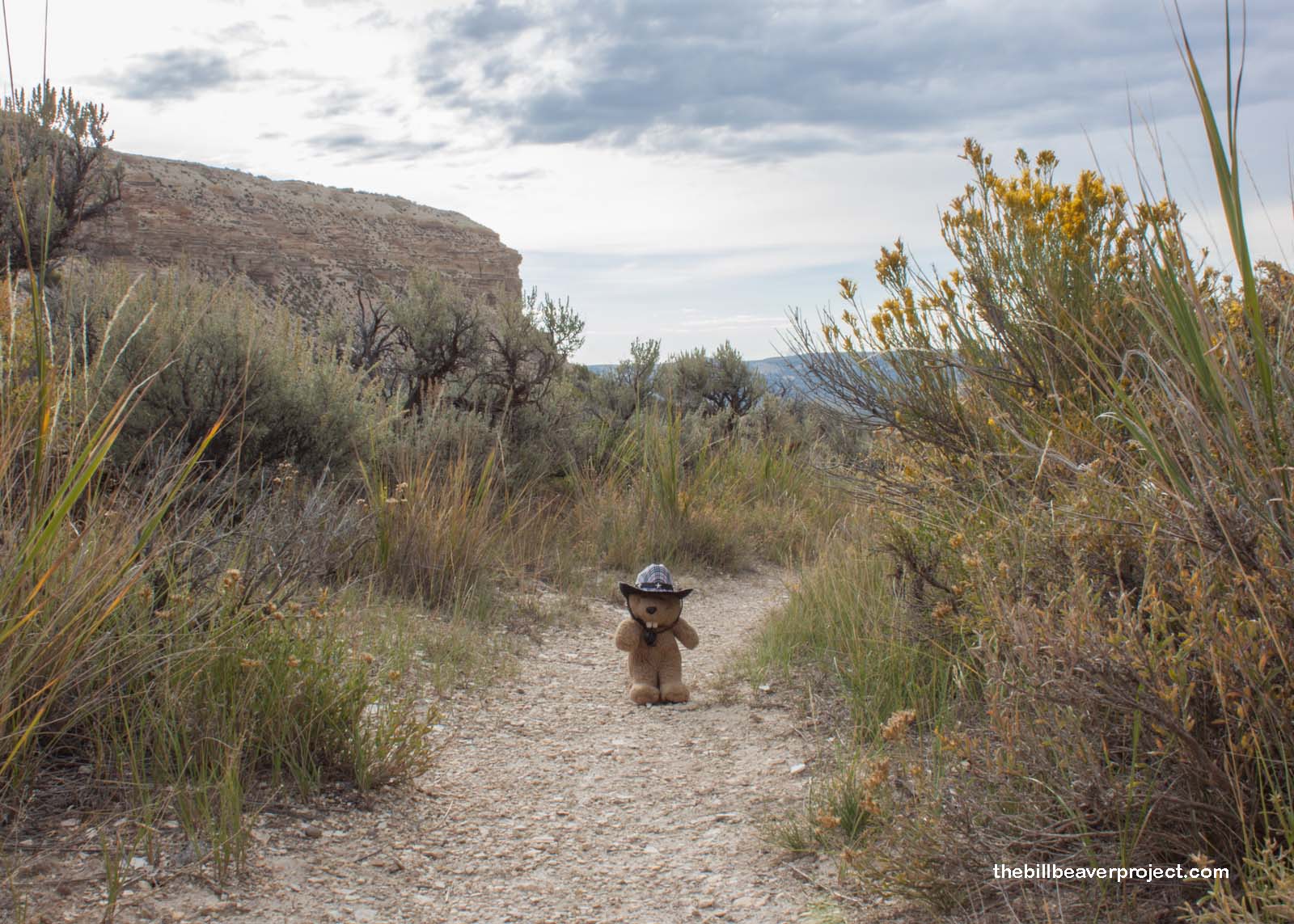 |
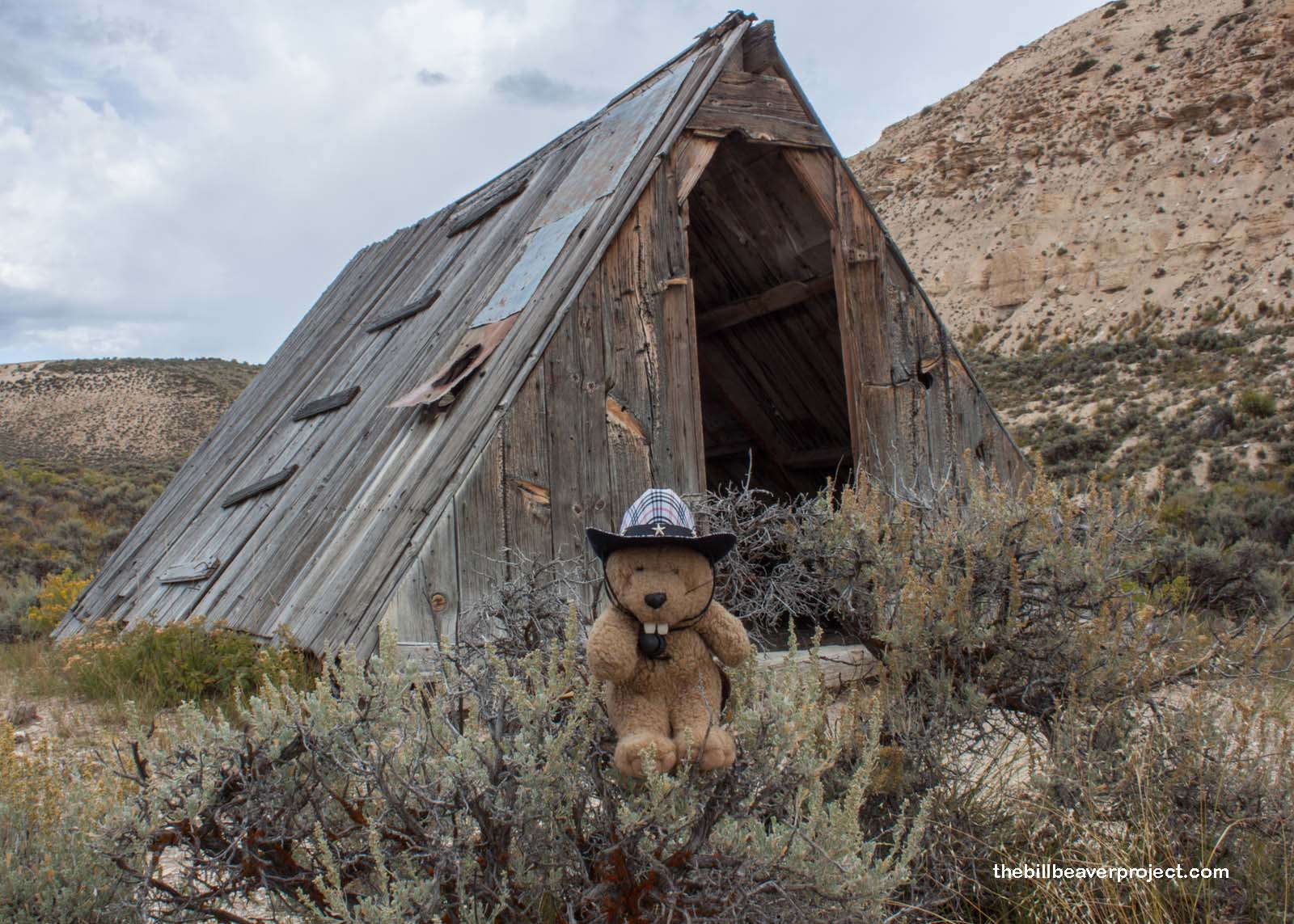 |
About midway to the quarry, I ran across the historic cabin of David Haddenham, who lived here seasonally with his family starting in 1918, plucking amazing samples from the bedrock to be delivered to museums and universities across the country! He worked at this quarry for fifty years until at last, he joined his favorite fossils in eternal slumber. He is buried in Kemmerer City Cemetery, and I wonder if he’ll ever be fossilized too.
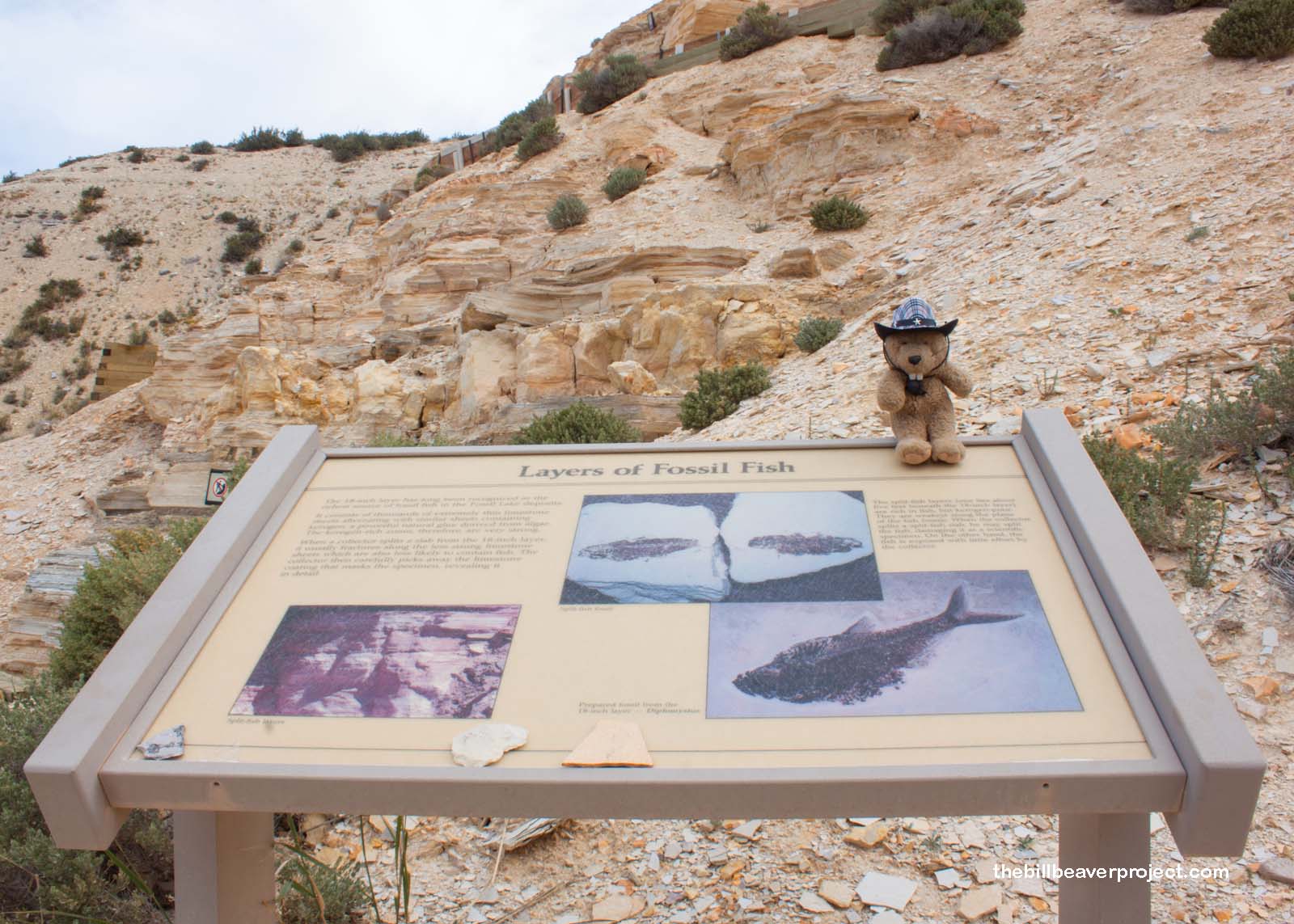 |
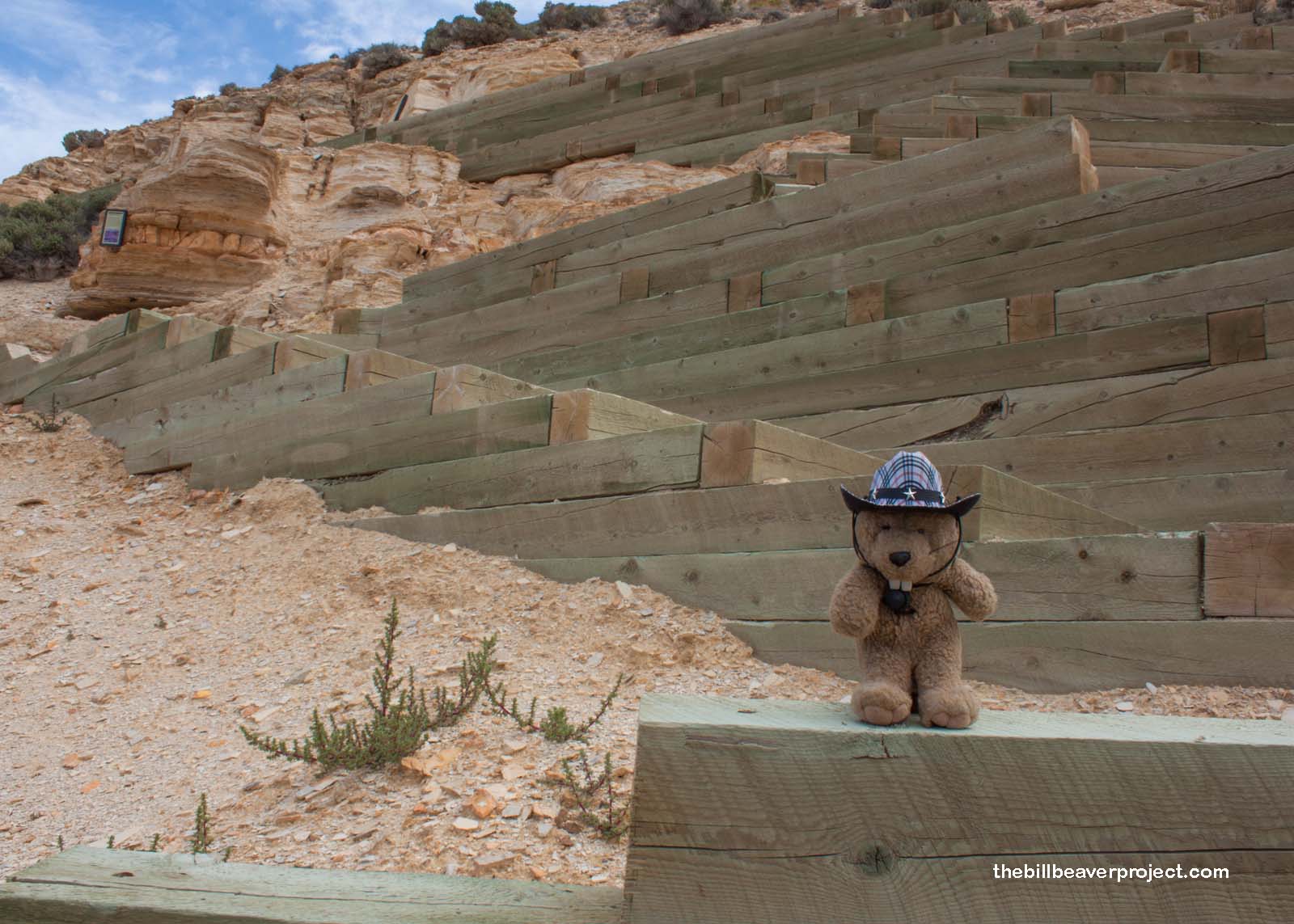 |
It was still and quiet when I reached the quarry, founded in 1897 by an amateur fossil hunter named Robert Craig. This was long known as a fossil resting place, but it was the Union Pacific Railroad blasting through here that brought it to national attention. Fossil hunters descended upon the lake bed with bulldozers and reduced many of the fossil beds to rubble! That’s why this monument needed to be established, so that some of these animals could continue to rest in peace, not pieces! It makes me wonder how archaeologists of the future will approach our remains.
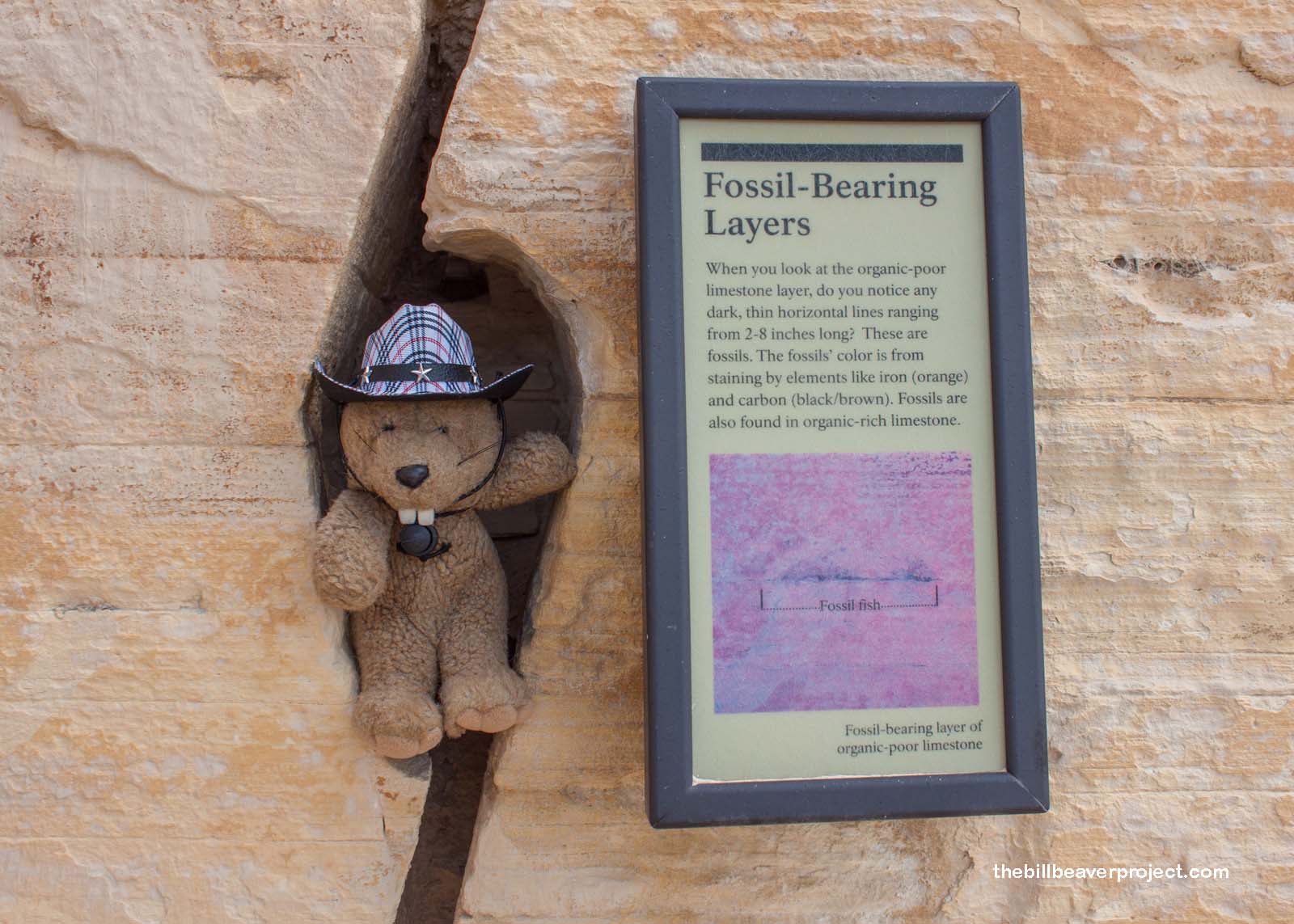 |
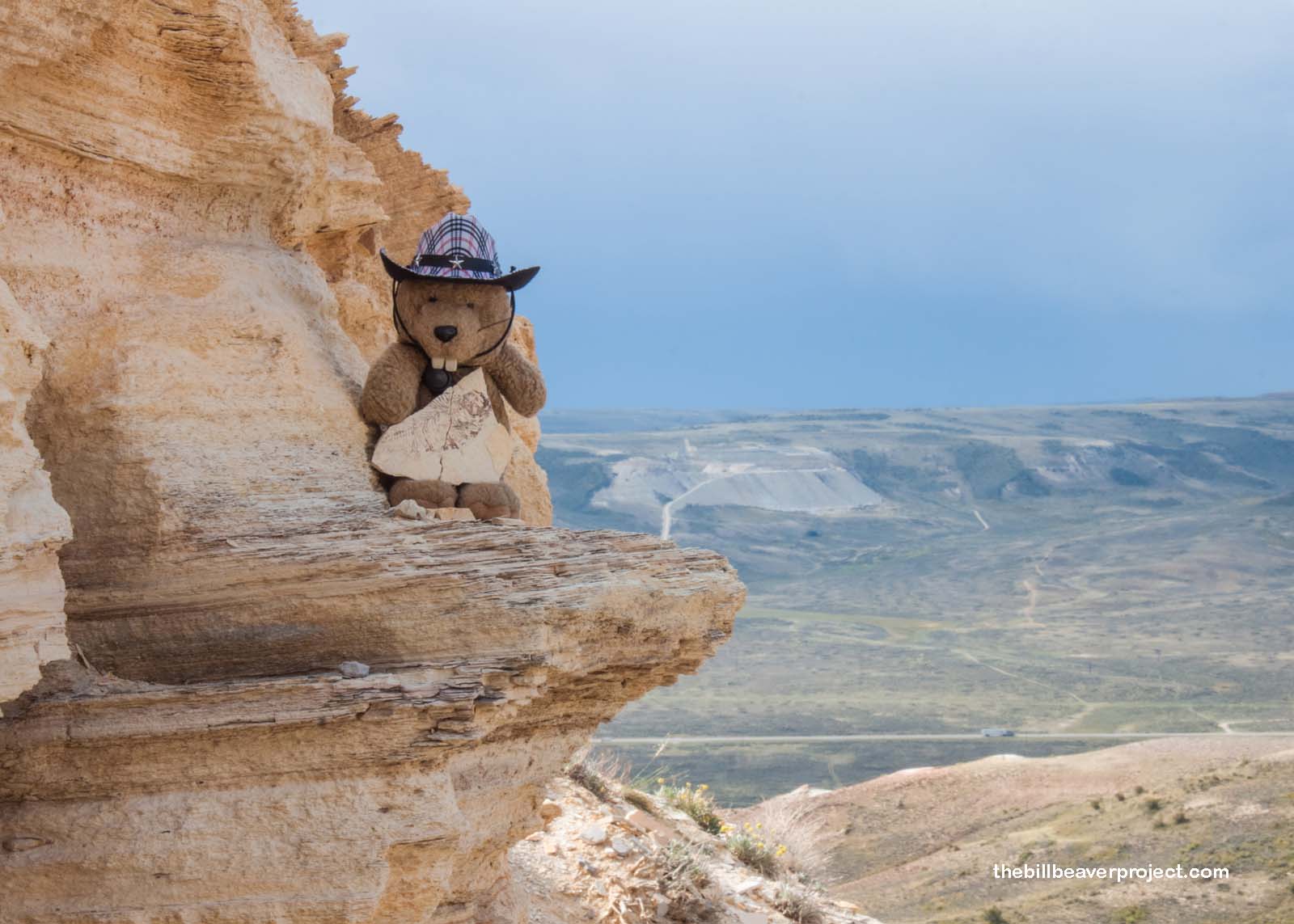 |
Hiking up the quarry wall, I finally got to see what the fish look like in their stony tombs, and compared it to a prepared specimen that someone had left on the side of the trail. Preparing fish fossils for display is a tedious process that I was able to watch in the visitor center, surrounded by incredible specimens! It takes hours of work with tiny picks, brushes, and abrasive tools that use dolomite dust to scrape away the limestone and kerogen from the bones. That’s intense work that doesn’t come with a Save or Undo button!
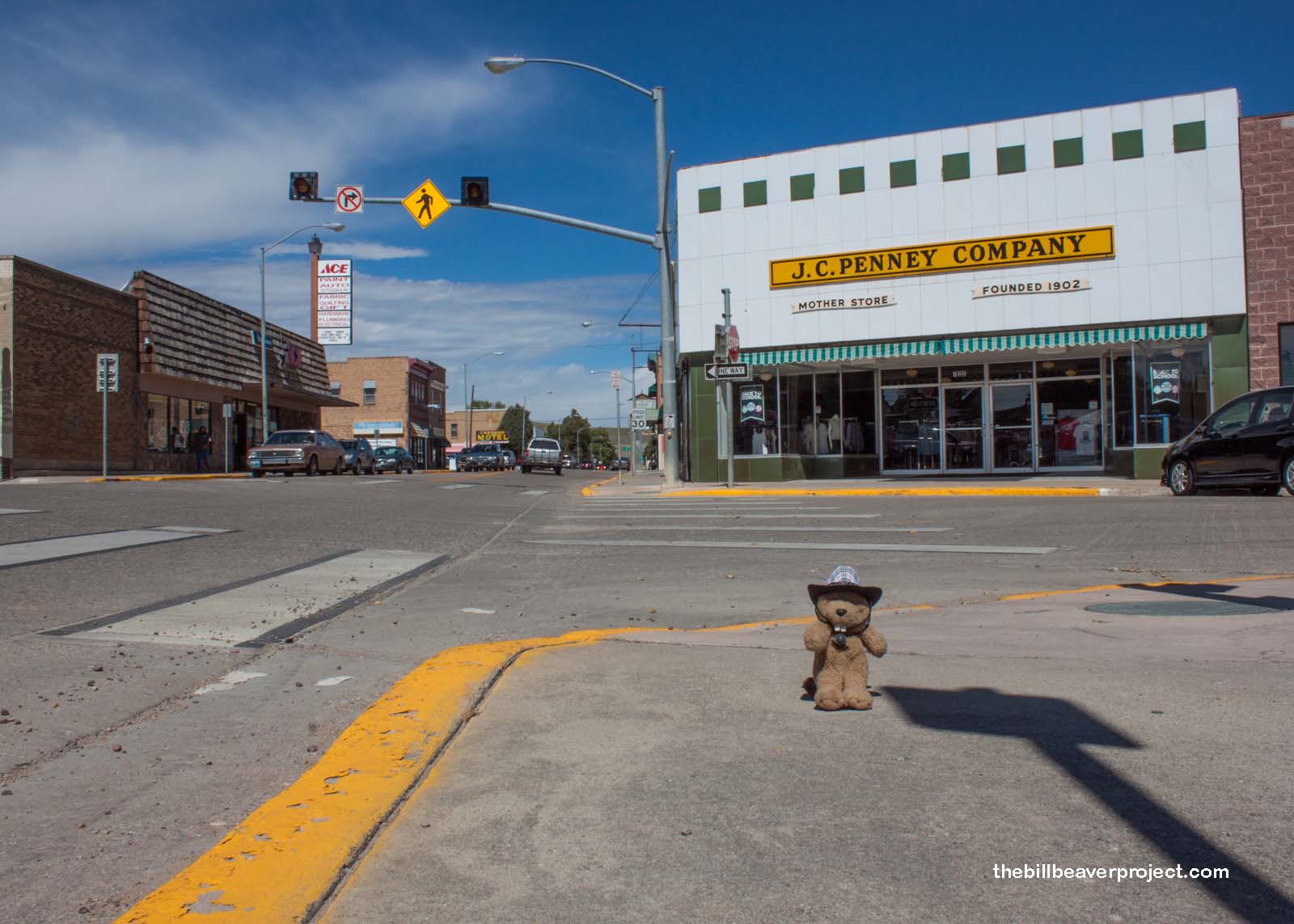 |
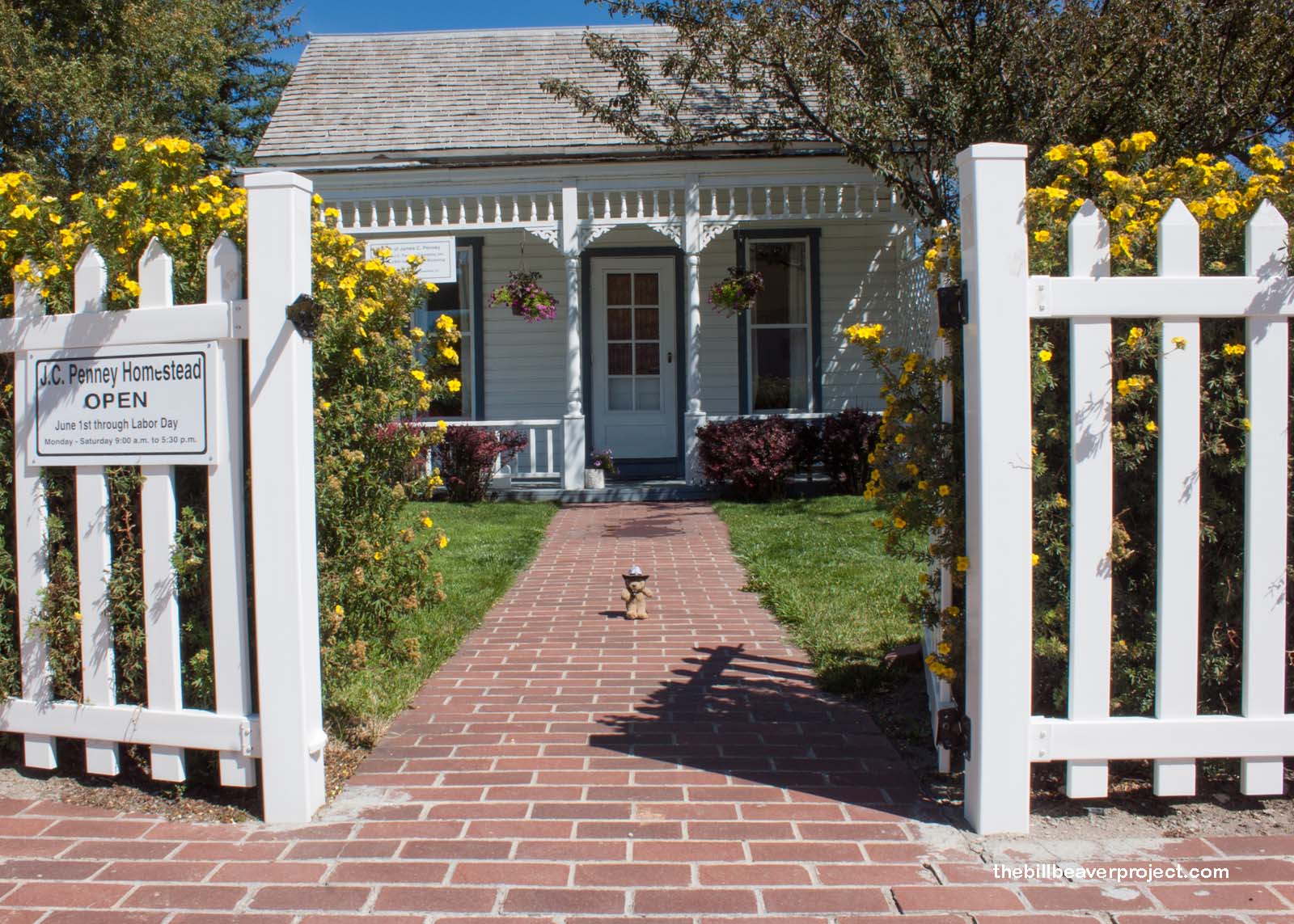 |
I couldn’t stay long in this monument, because I had to get home to see my friend, but I detoured through the town of Kemmerer, which is famous as the birthplace of the J.C. Penney store in 1902. Mr. Penney lost his wife and raised two sons here, building what was for many years the largest retail and home goods store in the world! I wanted to go inside the mother store, but it was closed, like most of the town today. The internet is changing the way folks shop these days, which makes me wonder about the future of department stores like J.C. Penney!
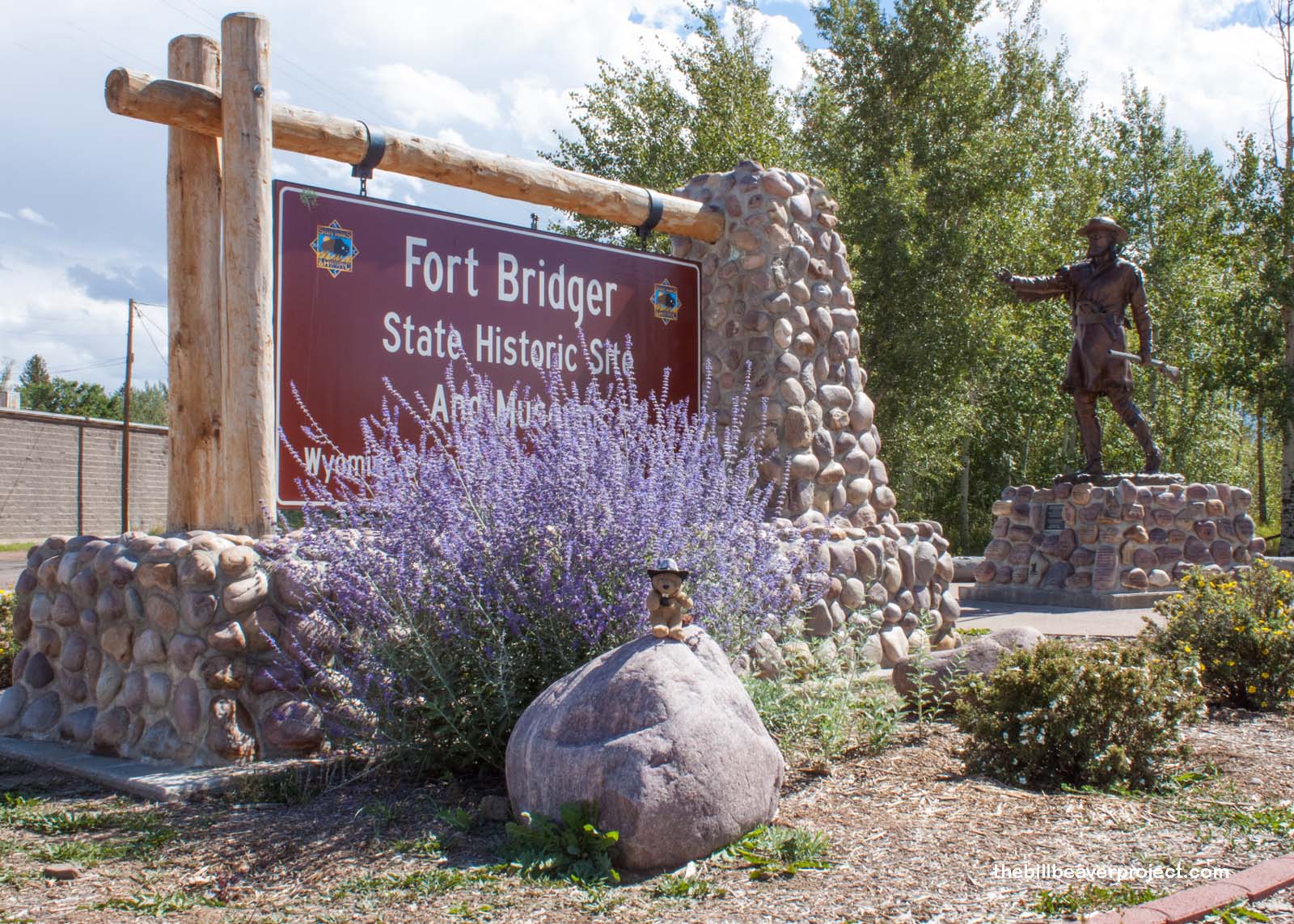 |
I’ll admit it. I’m feeling pretty glum today. Fossil Butte was really interesting, but ultimately I do have to go back to Utah and face the reality of the situation. I thought I could handle one more detour, to Fort Bridger State Historical Park, an important crossroads for pioneers heading west to their own final destinations.
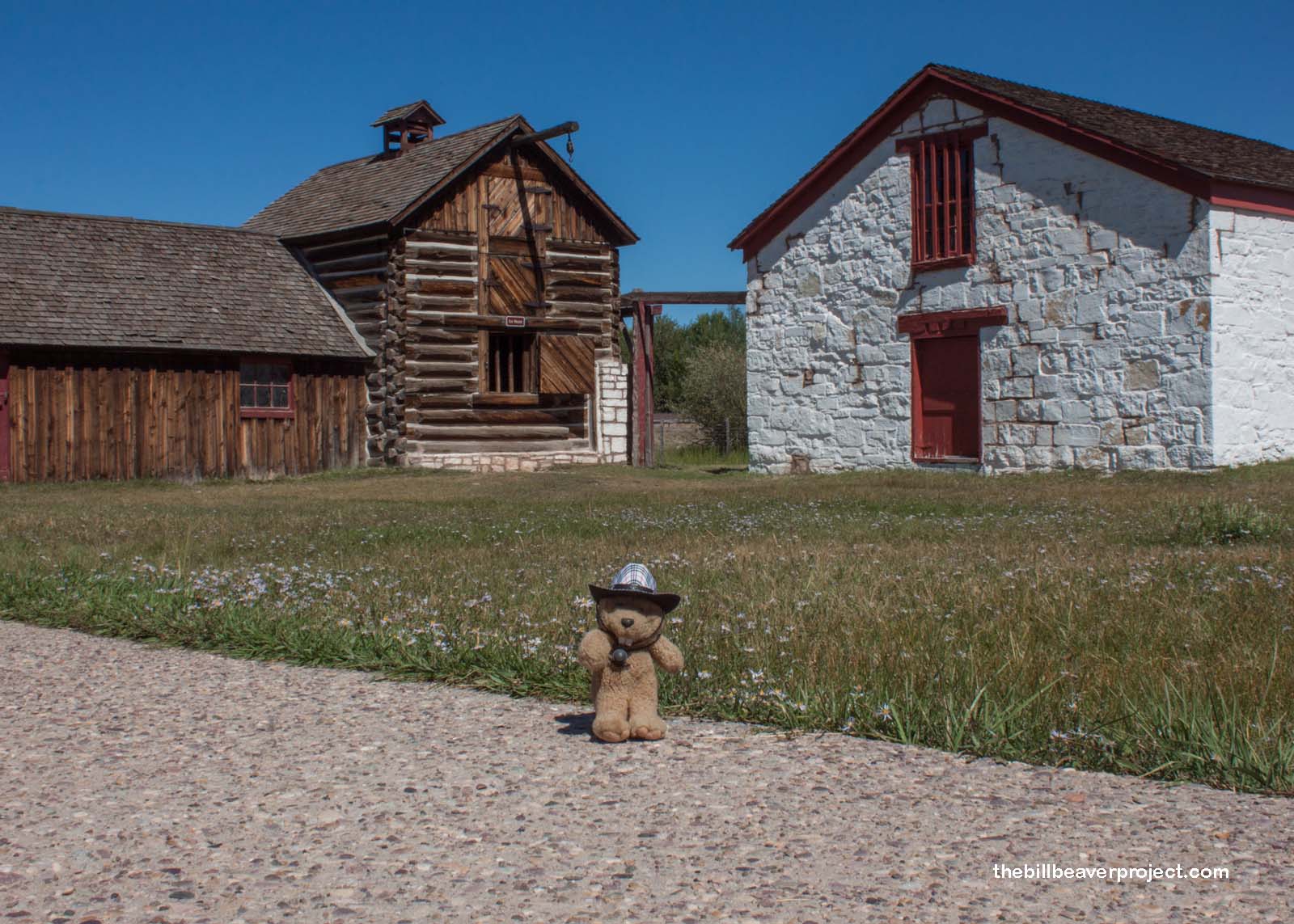 |
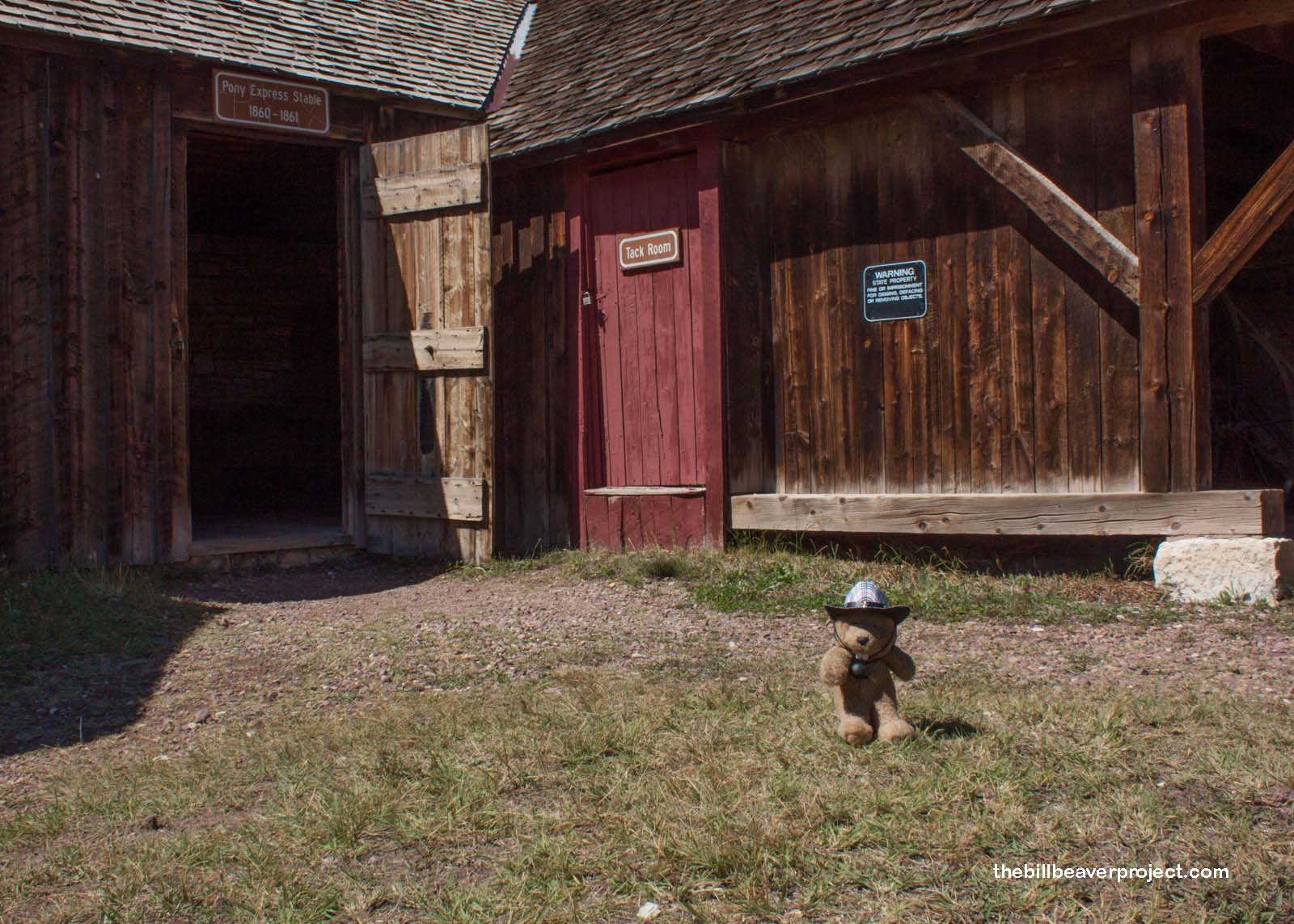 |
Famed mountain man, Jim Bridger, founded his fort in 1842 and ran it as a stopping point and service station along the Oregon/California Trail, Mormon Trail, Pony Express Route, Transcontinental Railroad, and Lincoln Highway all in one! He held it for 11 years until Mormon immigrants chased him away for selling alcohol and ammunition to the Native Americans; then the US Army chased away the Mormons four years later. The park now is a set of reconstructions, of pony express stables, of Wyoming’s first schoolhouse, and of Mr. Bridger’s original encampment, but it still bears Mr. Bridger’s name and keeps his memory alive.
Maybe that’s the key to continuing on after I say goodbye to my friend for the last time. If I keep telling stories about him and keep looking at photos, maybe he’s not really that far gone. Death is a tricky thing and totally inescapable, but maybe it’s not totally unbeatable.
See you down the trail!

